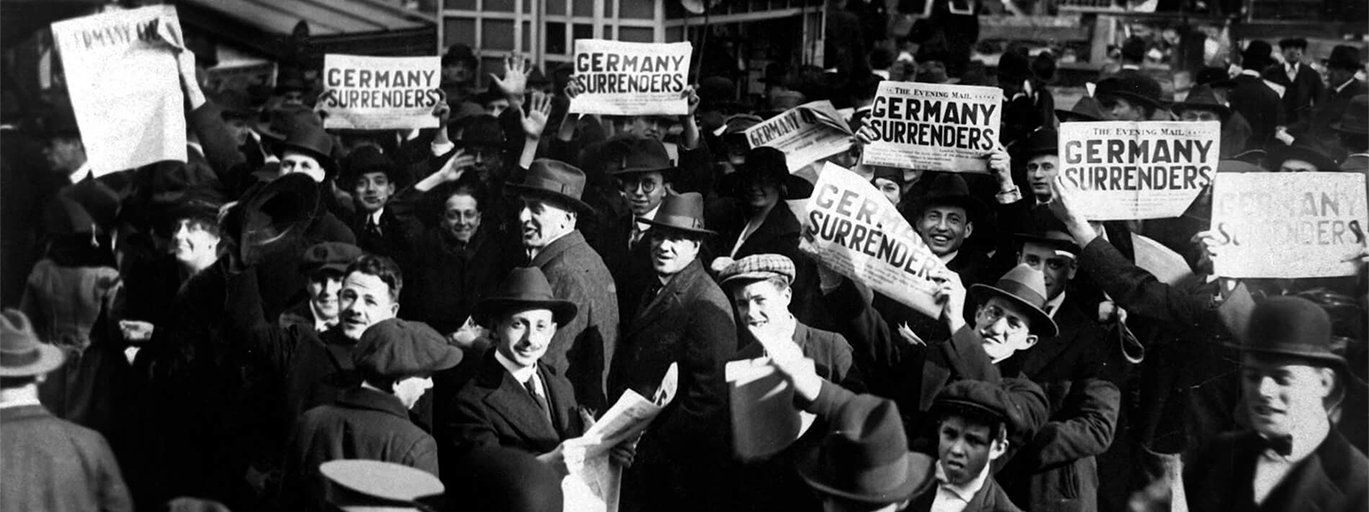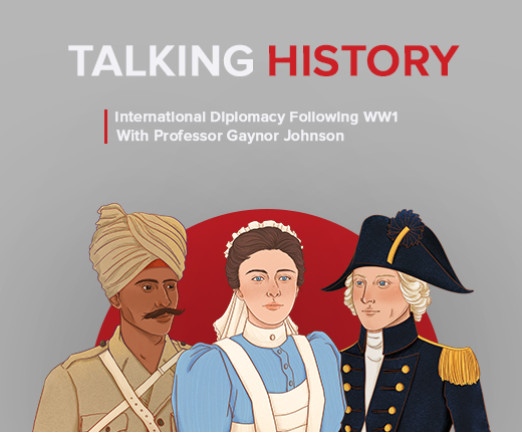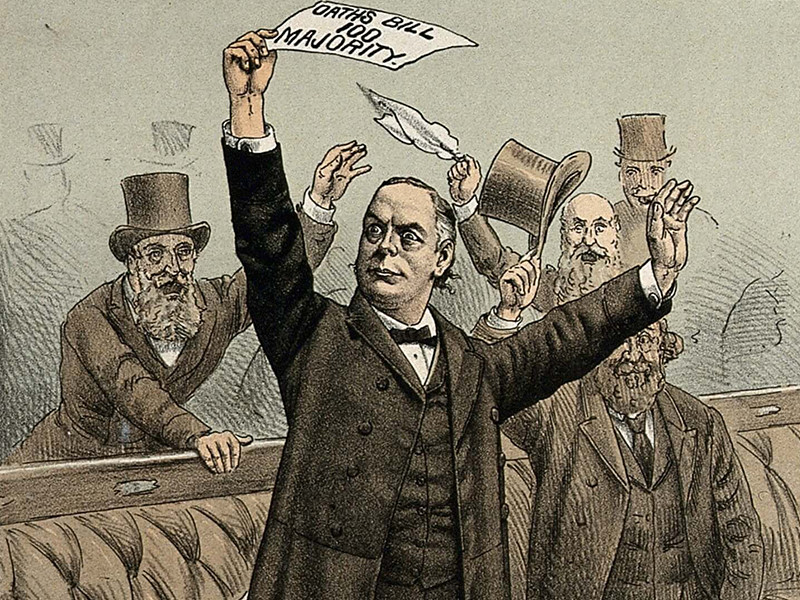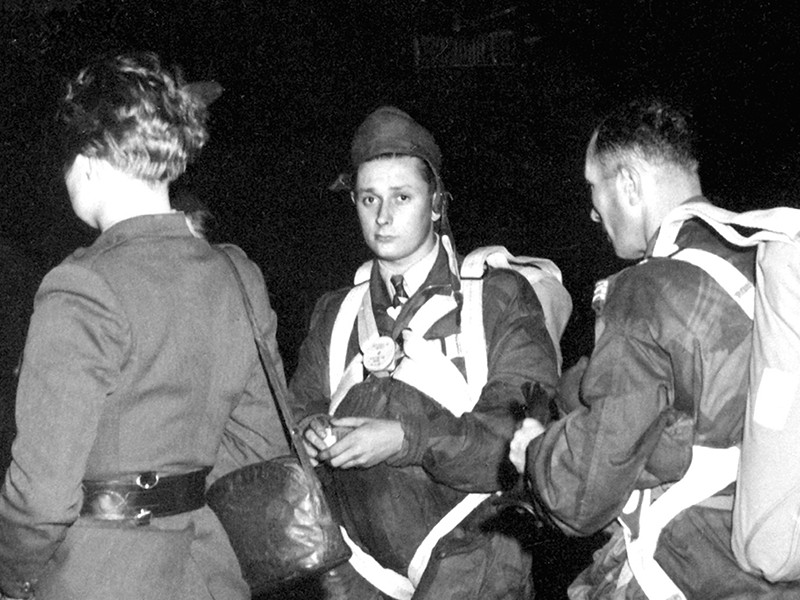
From the Archive: The Paris Peace Conference and Upper Silesia Articles
Our popular primary source collection, 'Paris Peace Conference and Beyond, 1919-1939', provides a wealth of archival material relating to the tumultuous period in the aftermath of the First World War. The Paris Peace Conference was the formal meeting of the victorious Allied diplomats to agree peace terms to be imposed...
Read more →




-800x600.jpg)
-–-61-(25);-Vol.-XX-800x600.jpg)












